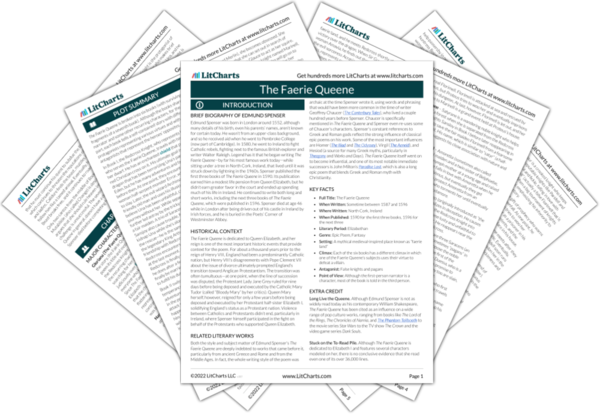Despite rebelling against the role a woman should play in chaste love, Radigund nevertheless respects certain knightly rituals, such as the tradition of settling disputes in one-on-one combat. Like many villains in the poem, she follows certain rules because she seems to believe that she is in the right.
